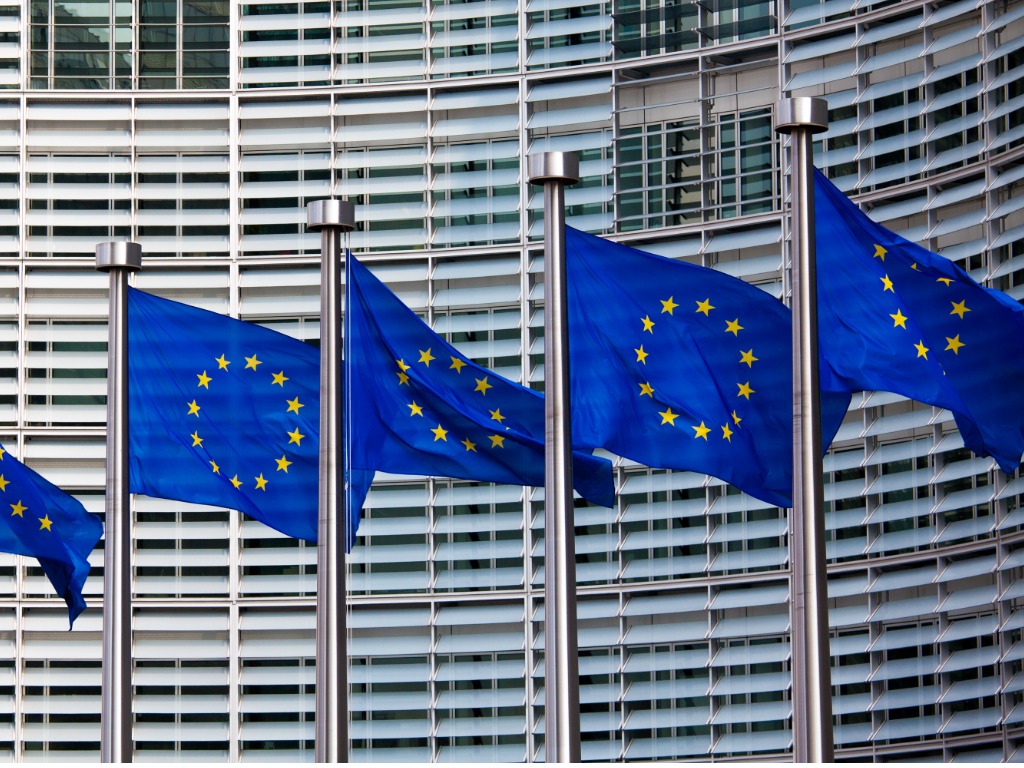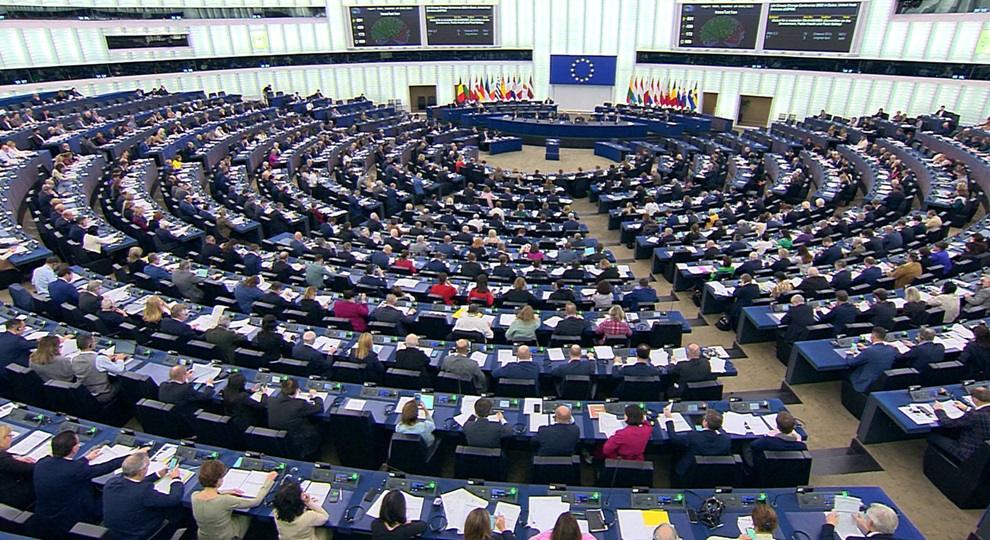Tata to Build $5 Billion Gigafactory in UK
India-based conglomerate Tata Group announced today plans to build a 40 GWh battery cell gigafactory in the UK. Anticipated investment in the new facility is expected to exceed £4 billion (USD$5.2 billion).
The new gigafactory, which will be one of Europe’s largest battery cell manufacturing facilities, will serve customers in the UK and Europe, with Tata Motors’ subsidiary Jaguar Land Rover as an anchor customer.
N Chandrasekaran, Chairman, Tata Sons, said:
“With this strategic investment, the Tata group further strengthens its commitment to the UK, alongside our many companies operating here across technology, consumer, hospitality, steel, chemicals, and automotive. I also want to thank His Majesty’s Government, which has worked so closely with us to enable this investment.”
The announcement marks a big win for the UK’s Sunak government, which has set goals to establish itself as a hub for sustainable investment, but has come under fire for not sufficiently responding to the clean energy and industry packages launched by other major economies the U.S. and EU, such as the Inflation Reduction Act, and the Green Industrial Plan, in order to attract large-scale investment.
Following Tata’s announcement, Prime Minister Rishi Sunak said:
“With the global transition to zero emission vehicles well underway, this will help grow our economy by driving forward our lead in battery technology whilst creating as many as 4,000 jobs, and thousands more in the supply chain.
“We can be incredibly proud that Britain has been chosen as home to Tata Group’s first gigafactory outside India, securing our place as one of the most attractive places to build electric vehicles.”
In its press release, the government said that it will publish details of its support to Tata “in due course as part of our regular transparency data.”
Tata Group highlighted some of the sustainability-focused features of the facility, including maximizing its renewable energy mix, with an ambition for 100% clean power, and the use of technologies and processes like battery recycling to recover and reuse all original raw material.
The new facility is anticipated to begin production after an initial ramp up phase in 2026.





